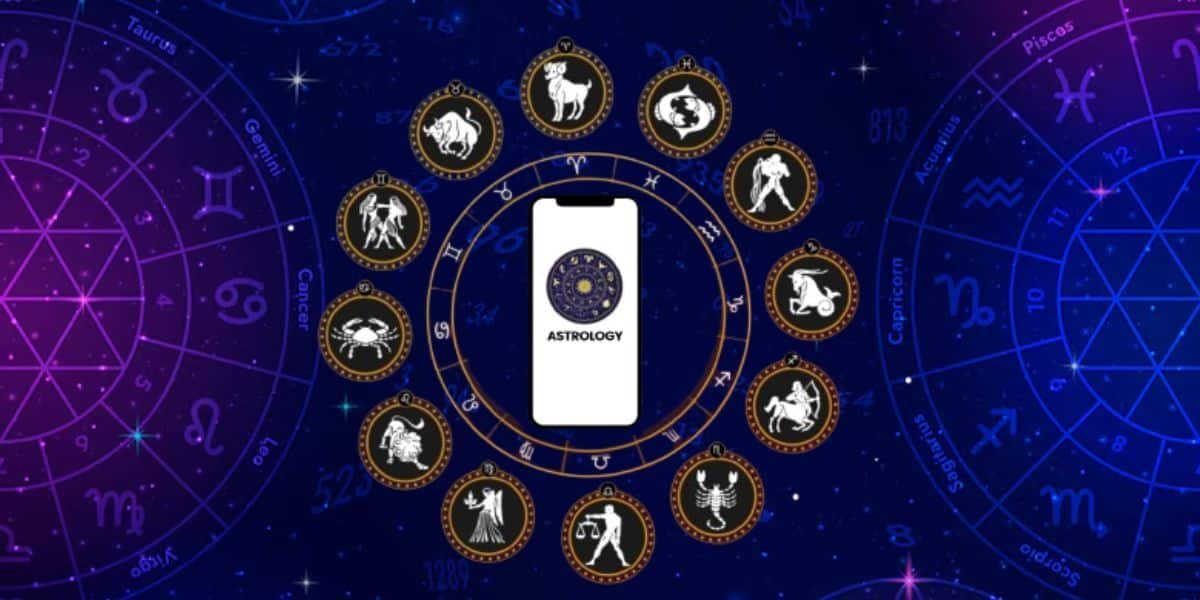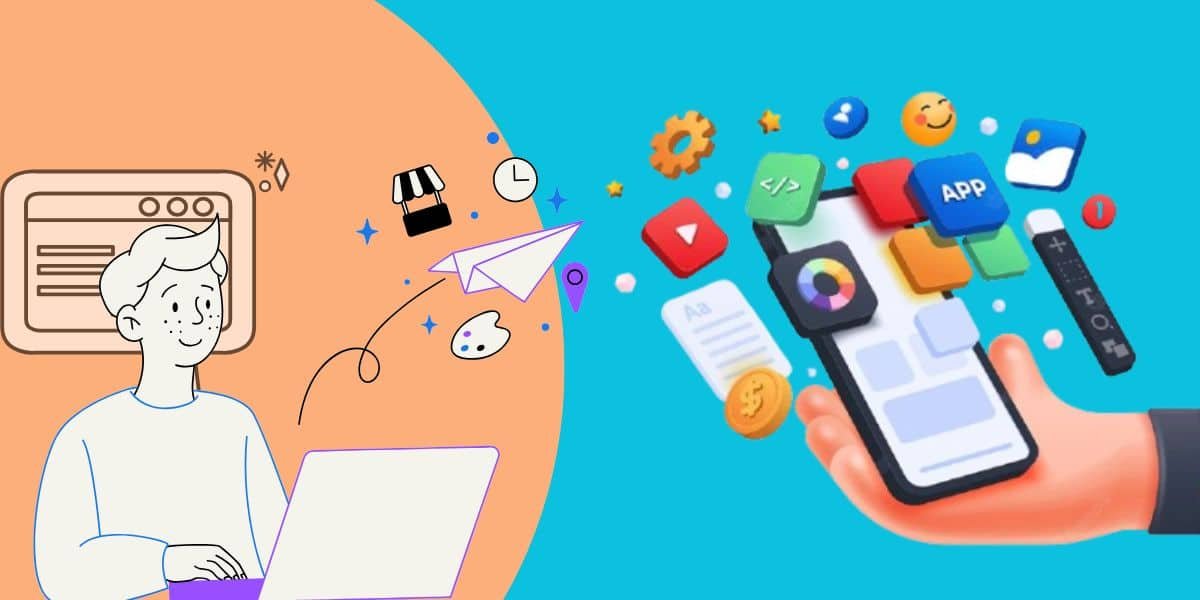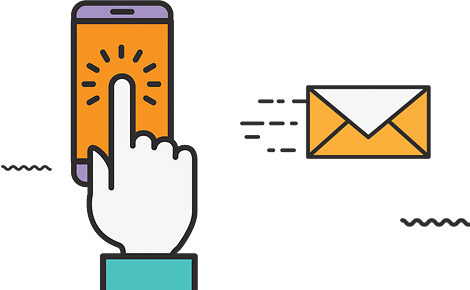
Buying groceries on an app has become the new normal. People want fresh foods fast, and they want the whole process to be easy. If you want to build a grocery delivery app like Blinkit & Zepto in 2025, this guide will help. It has shown not only how to perform the steps but also the important features, cost stages, and simple tips to make your app work well. Astha Technologies as a leading mobile app development company in India can support you at every step.
Why Build a Grocery App Now
People have more smartphones, and more people want things delivered to their homes. More people need grocery delivery each day. A good grocery app can bring many customers and a steady income. In many cities, the demand for quick grocery delivery is still growing, which is a big chance for new apps and new ideas.
Step 1: Understand Your Users
Start thinking about who will use your app. Are your users busy working people, families, older people, or students? Each group wants different things. For example, busy people want quick checkout and fast delivery. Older users want large text and simple buttons.
Talk to real users, ask them what is hard about current applications; watch them shop online and note what features they like and what they do not like. This simple work shapes your app.
Astha Technologies is a well-known grocery delivery app development company in India, which can help with user studies and simple surveys. This gives real data and clear direction.
Step 2: Choose the Appropriate Business Model
There are three general models of grocery apps.
- Single store model- You have one store and deliver to your customers. This model is easy to start and thus good for local shops.
- Multi-store model- You connect many stores and let customers choose. The model gives more variety and is able to grow fast.
- Marketplace model- You provide a platform where lots of stores and lots of buyers meet. You take a fee per order. This model still needs more work, but it can scale very well.
Astha Technologies can develop applications for any of these models.
Step 3: Decide on Must-Have Features
Keep the app simple and useful. Here’s what’s important:
For customers
- Easy sign-up and login with a phone number or email.
- Distinct category listing, such as fruits, vegetables, dairy items, bakery products, snacks
- Fast search and filters
- Add to cart and single page checkout
- Tracking orders in real time
- Many payment options, like card, wallet, and cash.
- Offers and coupons
- Order history and quick reorder
For owners
- Add and edit products and images
- Stock management, including pricing
- View new orders and change order status
- View sales reports and simple analytics
For delivery partners
- Accept or reject orders
- View route and customer address
- Mark orders as picked and delivered
- Check earnings and shift history
For admin
- Manage users, stores, and drivers
- View payments and commissions
- Run offers and manage content
- View business reports
Astha Technologies being a reputed mobile app development company in Noida makes clean, simple screens so that all these people can use the app without any confusion.
Step 4: Choose the Technology
Choose tools that make the app safe and fast. In 2025, many good tools will exist.
- For Android and iOS, either use Flutter or React Native, or native tools like Swift for iOS and Kotlin for Android.
- For the server, use Node.js, Python, or PHP.
- It uses MySQL, MongoDB, or Firebase for database purposes.
- For maps, use Google Maps or Mapbox.
- Use Razorpay, Stripe, or Paytm for payments.
- For notifications, use Firebase Cloud Messaging or OneSignal.
Astha Technologies uses tested technology to ensure that apps never crash and user data remains secure.
Step 5: Design Simple Screens
The design should be user-friendly, using big pictures and clear text. It should employ simple colours and clear buttons, not crowding the screen with options.
Make two modes, one for customers and one for the store and drivers. Keep the number of steps to place an order as low as possible. The more steps a user has to make, the higher the chance they will leave.
Astha Technologies has experienced UI and UX designers responsible for making the app look modern and user-friendly.
Step 6: Build and Test
Now, the app is coded and tested.
- First, develop the backend: the server that houses the products, orders, and users.
- Build the app screens and connect them to the backend.
- Add a payment gateway and maps.
- Then, test the app on many devices. Test slow networks, low battery, and full memory. Quickly fix bugs.
Astha Technologies follows a step-by-step process so that the app is stable and fast before launching.
Step 7: Add Smart Features for 2025
In 2025, users want smart help. Add these simple extras.
- AI recommendations on items depending on past orders.
- Voice search: Let users say out loud the name of the product.
- Book the delivery slot, so users can select a time that suits them.
- Smart push messages showing offers and reminders.
- Loyalty points to keep customers coming back.
They are features that help users and make your app useful for more people.
Step 7: Launch and Market the App
Get a small group of users to test the app before you launch, fix the last bugs, then launch it on the Play Store and App Store.
- Perform simple marketing steps to acquire users.
- Run small advertisements on social media.
- Give first-order discounts.
- Encourage the user to invite friends by offering a reward.
- Liaise with local shops and markets to list their products.
Astha Technologies can help with go-to-market plans and simple promotional ideas.
Step 9: Keep the App Updated
Work shouldn’t stop after launching; just keep adding new products and offers, quickly fix bugs, add small features asked for by users, check every month for the performance of the app, and read user feedback.
Regular updates keep the app safe and make users trust your service.
Simple Tips to Succeed
- Start with a small-scale test of the idea in one location.
- Focus on fast delivery and fresh quality.
- Make customer support easy to reach.
- Keep the app simple and do not add too many steps.
- Keep your costs in check while maintaining high levels of delivery efficiency.
Cost Breakdown of Grocery App Development
Below is a simple table that shows how cost is split by work stage.
| Development Stage | Description |
| Planning and Research | Market study and app flow planning |
| UI UX Design | Simple layout and wireframes for users and stores |
| Frontend Development | App screen coding for Android and iOS |
| Backend Development | Server setup database and admin panel |
| Core Grocery Features | Cart product listing search and tracking |
| Store and Delivery Panels | Store owner and delivery partner features |
| Payment Integration | Secure payment gateway setup |
| Real Time GPS Tracking | Live tracking and route display |
| Testing and QA | Check performance security and bugs |
| Deployment | Publish on Google Play and App Store |
| Post Launch Support | Updates bug fixes and small changes |
Design Tools Used to Develop Grocery Delivery Application at Astha Technologies
| Process | Tool |
| Wire framing/Blueprinting | Figma |
| Mockups/Prototyping | Figma |
| Screen Designing | Figma |
| Front End Web Designing | React JS |
| Color Schemes/Fonts | Coolers |
Backend for Grocery Delivery Application Like Blinkit & Zepto:
| Platforms | Tools |
| Programming Language | Node |
| IDE | Sublime, Visual studio |
| Supporting OS | Windows, Linux, Ubuntu, Mac Os |
| Web Services/API | Pilot |
| Databases | Mongo DB |
| Cloud Server Technologies | Amazon Web Services/ Digital Ocean |
| Load Balancer | Apache, NGINX |
| Server CI/CD | Jenkins |
Cost of Developing Grocery Delivery Application Like Blinkit & Zepto:
| Application System | Timeline | Cost Estimation |
| Android App (Flutter) 1) User App 2) Delivery Boy App 3) Merchant App 4) Web Admin Panel | 90 Working Days | 5.5 Lakh |
| iOS App (Flutter) 1) User App 2) Delivery Boy App 3) Merchant App 4) Web Admin Panel | 90 Working Days | 5.5 Lakh |
| Both Android & iOS (Flutter) 1) User App 2) Delivery Boy App 3) Merchant App 4) Web Admin Panel | 90 Working Days | 7 Lakh to 8 Lakh |
| Native App For Android & iOS 1) User App 2) Delivery Boy App 3) Merchant App 4) Web Admin Panel | 120 Working Days | 8 Lakh to 15 Lakh |
Why Choose Astha Technologies for Grocery Delivery App Development?
Astha Technologies crafts simple, strong applications. The team precisely knows how to build an app to work for customers, stores, and drivers. They offer design, development, testing, and support under one roof, making the whole process smooth.
Want a grocery app that will be loved and trusted by users? Contact Astha Technologies for planning, building, and launching the app in clear steps with simple pricing.
Conclusion
Building a grocery delivery app in 2025 is a great business idea. The demand for online delivery apps is strong and is being regularly used by people for daily needs. Start with a clear plan, focus on core features, and keep it functional. Use smart features, and always listen to your users. With the right team, like Astha Technologies, you can build an app that customers love.
If you’re ready to start this journey, Astha Technologies can guide you from the first idea to a live app on Android and iOS.




